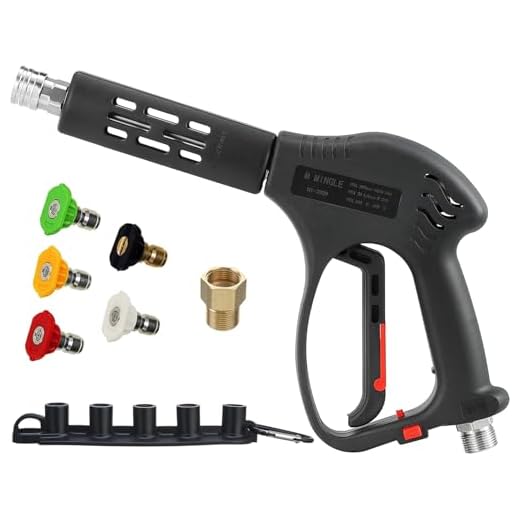



The optimal choice for cleaning your vehicle involves using a 25-degree attachment. This specific angle provides a well-balanced spray pattern that effectively targets dirt without the risk of damaging the vehicle’s paintwork. A broader spray ensures that the force isn’t overly concentrated on a single area, which can lead to scratches or chipped paint.
For those who wish to maintain the finish of their vehicle, employing a lower setting on the machine is equally crucial. A gentle touch goes a long way in protecting the integrity of the surface while still achieving a thorough clean. Consider also using a foaming agent; this helps in breaking down grime without aggressive action.
When it comes to distance, keeping the head about two feet away from the paint will help mitigate any potential harm. Additionally, avoid using any attachments designed for intense cleaning, such as a zero-degree or turbo tip, as they concentrate the water pressure too much and can easily cause damage.
Recommended Nozzle for Vehicle Cleaning
The 25-degree green or the 40-degree white attachment is ideal for cleaning vehicles. These provide a wide fan spray that ensures thorough coverage without risking damage to the paintwork.
When engaging in vehicle maintenance, keep the nozzle at least two feet away from the surface. This distance helps mitigate the risk of harming the finish while effectively removing dirt and debris.
A void contact with areas like windows, trims, and delicate parts. Using a lower intensity when cleaning around these components ensures they remain intact and undamaged.
I suggest starting higher up on the bodywork and gradually moving downwards, allowing for effective rinsing of soap and grime without pushing dirt into sensitive areas.
It’s wise to test the spray pattern on a less visible section before tackling more prominent areas. This way, you can observe the performance and make adjustments if necessary.
Complementing your chosen jet with suitable cleaning agents can enhance results while maintaining the vehicle’s appearance. Make sure any additives are safe for paint finishes and plastics to avoid unintentional wear.
Lastly, always refer to the manufacturer’s guidelines of the car for any specific cleaning instructions. Tailoring your approach to the vehicle’s needs leads to better results and longer-lasting aesthetics.
Understanding Pressure Washer Nozzle Types
Choosing the right attachment is critical. I recommend using a 25-degree or 40-degree option for vehicle cleaning. The wider angle disperses water, reducing the risk of damage while still effectively removing dirt.
Nozzle Specifications
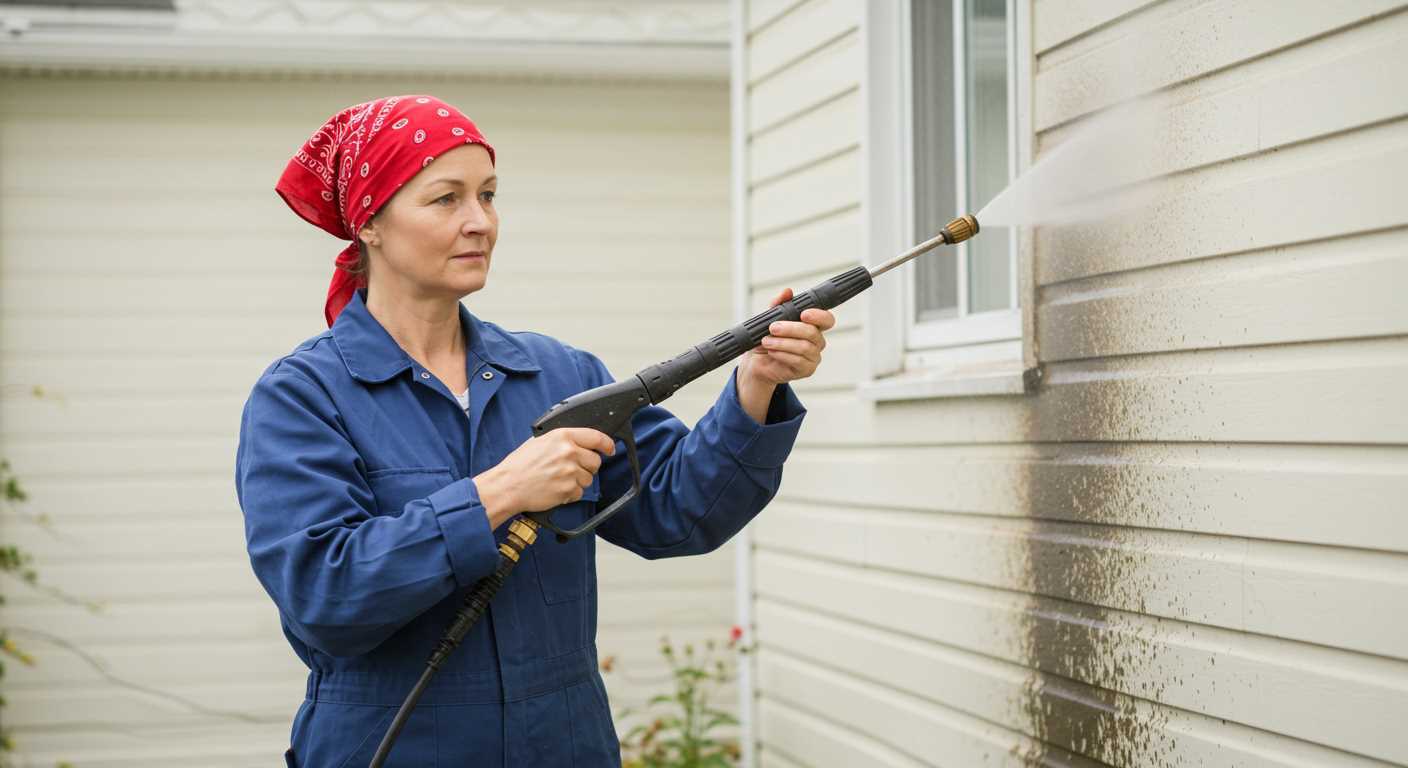
Each attachment is colour-coded for easy identification. Yellow denotes a 15-degree spray, blue represents 25 degrees, and white is for 40 degrees. Ensure you select the correct colour to match your needs. Higher pressure settings can still be maintained with wider angles laid out, ensuring effective cleaning without risking paint damage.
Adjusting Technique
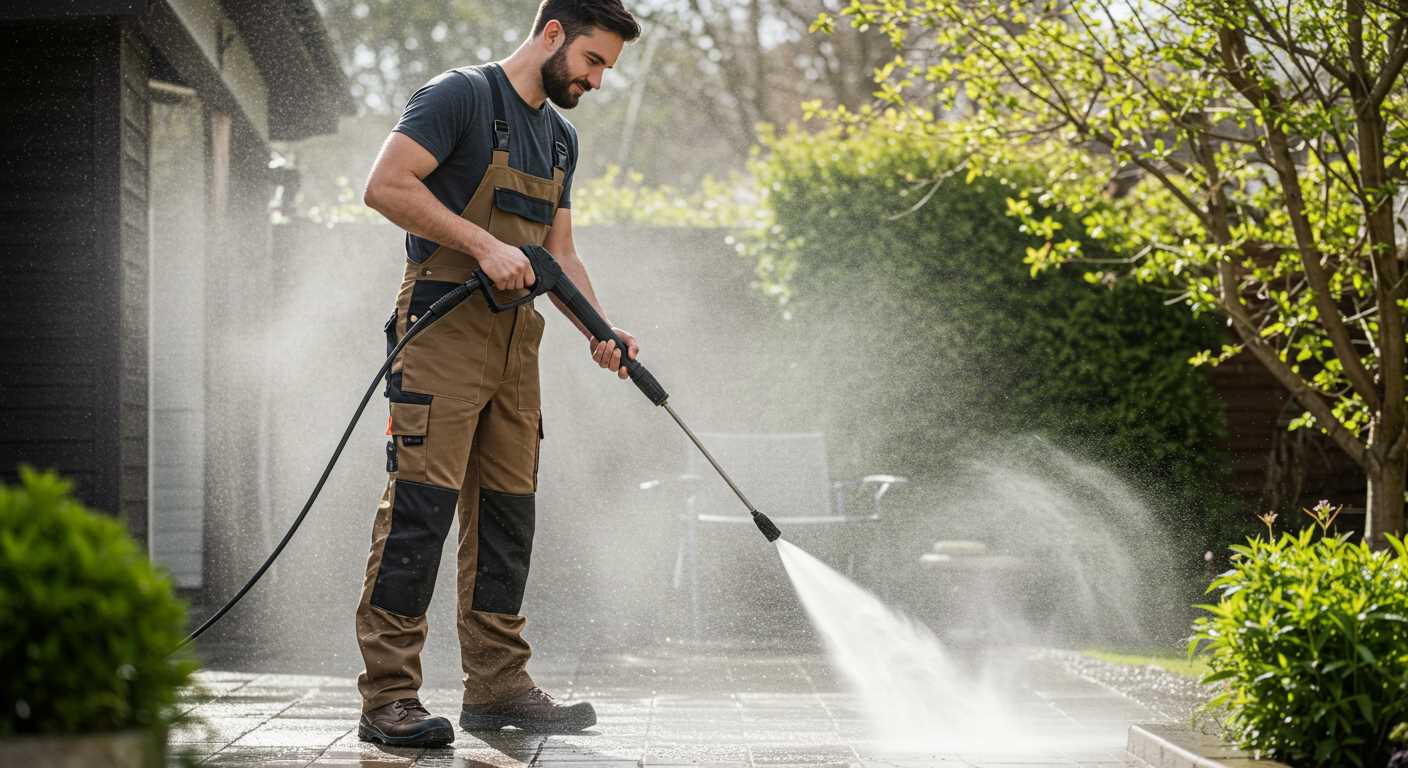
Maintain a safe distance of at least two feet from the surface. Moving the tool evenly across the surface will assist in avoiding concentrated pressure that could lead to scratches. Using a foaming cannon along with the wider-angle attachment enhances cleaning while protecting delicate finishes.
A final point to remember: always test a small area first to confirm compatibility with your vehicle’s surface.
Recommended Nozzle Sizes for Car Cleaning
.jpg)
Utilising the right attachment is crucial when cleaning vehicles. I recommend a 25-degree or a 40-degree variant. These angles strike the perfect balance between delivering adequate cleaning power and protecting paint finishes.
25-Degree Nozzle
The 25-degree option excels at removing dirt and grime without the risk of damage. Its wider spray pattern allows for effective coverage while maintaining a safe distance from delicate surfaces. This attachment is ideal for general washing and any stubborn spots that demand extra attention.
40-Degree Nozzle
The 40-degree variant is perfect for sensitive areas, such as glass, chrome, and painted sidelines. This wider dispersion lessens the intensity, making it superb for rinsing without causing harm. It’s excellent for final touches to ensure a spotless finish without streaks.
Choosing the right attachments not only preserves your vehicle’s integrity but also enhances the overall cleaning experience. Always remember to maintain an appropriate distance from the surface–ideally around two feet–to avoid any potential damage while using either attachment.
Benefits of Using a Soap Nozzle on Automotive Surfaces
Utilising a soap applicator for vehicle cleaning significantly enhances the process. This type of attachment delivers soap more uniformly, ensuring thorough coverage across surfaces, which is crucial for effective deep cleaning.
Enhanced Dirt Removal
The foamy blend created by a soap nozzle aids in loosening stubborn grime and contaminants, enabling a more effortless rinse. The lubricating properties help maintain the integrity of paint and finishes, mitigating the risk of scratches during the cleaning phase.
Time Efficiency
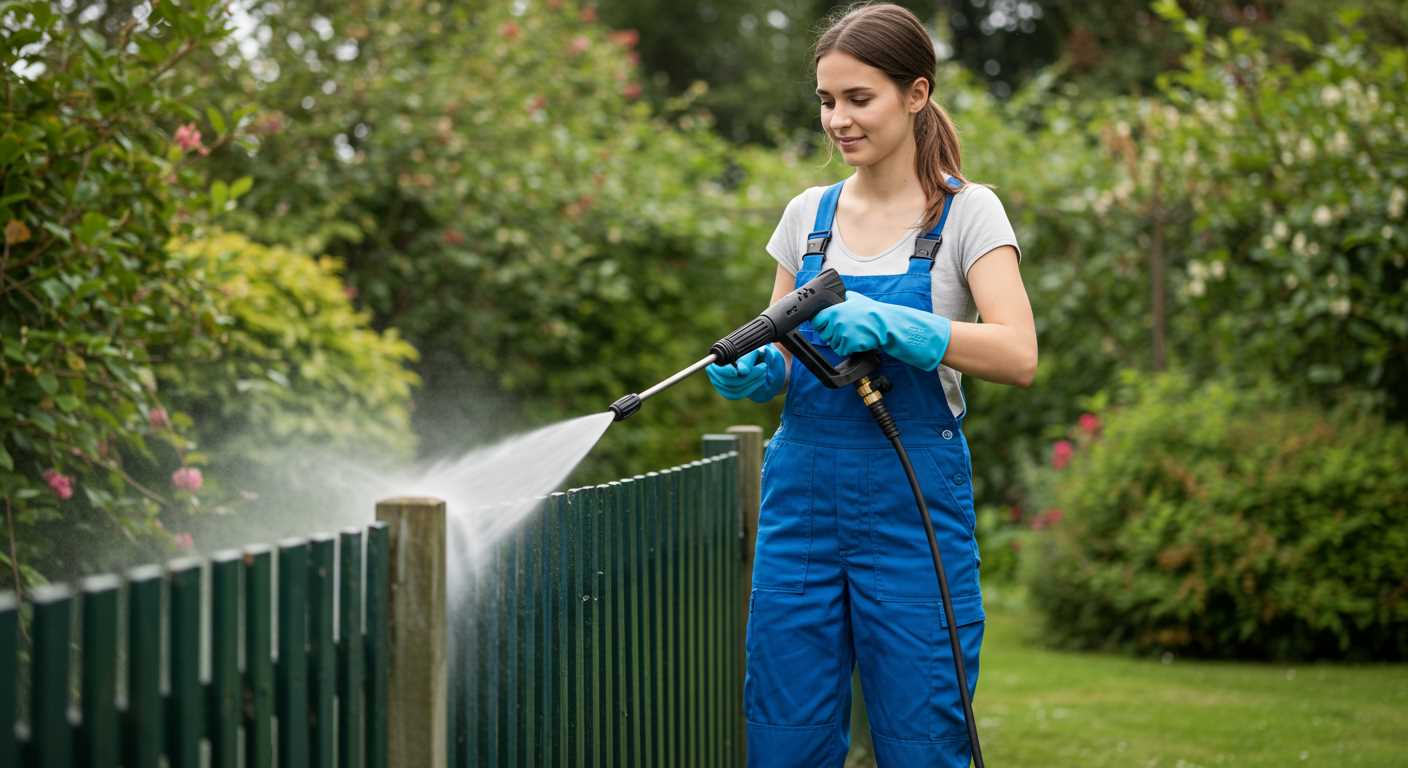
Applying soap with a specialised head reduces the time spent scrubbing. My experience shows that it allows more time for other maintenance tasks, streamlining the entire cleaning routine while achieving better results in fewer steps.
Moreover, the combination of soap and water creates a surface that repels dirt post-cleaning. This means less frequent washes are necessary, ultimately preserving the vehicle’s appearance over time.
Transitioning to a soap applicator is a smart investment for any vehicle enthusiast looking to maintain their automobile in pristine condition.
Avoiding Damage: Nozzles to Steer Clear Of
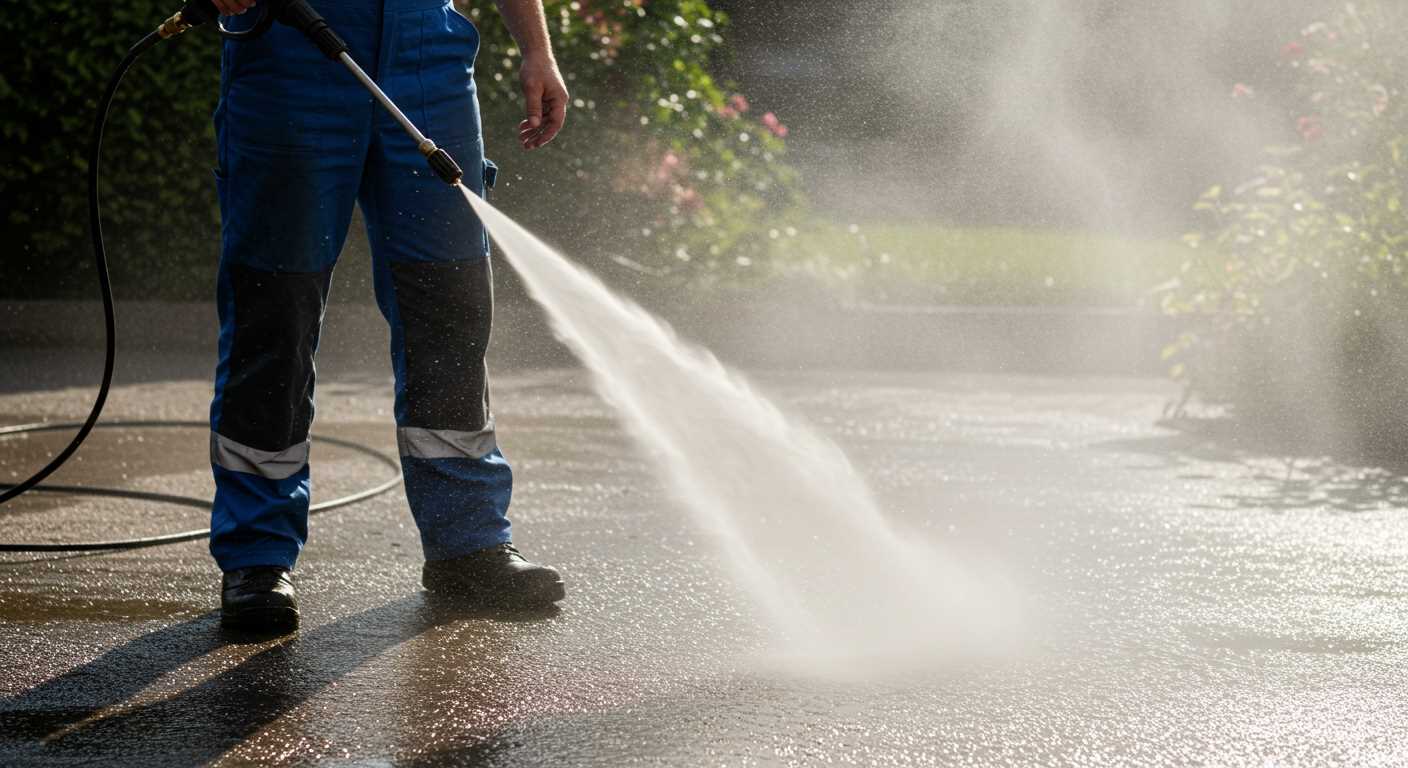
For optimal vehicle care, avoid using 0-degree and 15-degree attachments. These options deliver an intense jet of water, capable of damaging paintwork, trim, and seals. The concentrated force can cause microscopic scratches or even chip the paint, leading to more significant issues down the line.
It’s also wise to pass on any accessories designed for surface cleaning that don’t have adjustable spreads. Fixed options can lead to uneven cleaning and pressure that may harm delicate areas of your vehicle.
Steer clear of any worn or damaged attachments, as they can create unpredictable spray patterns. This inconsistency raises the risk of unintentional damage to your vehicle’s surface.
Lastly, opt away from attachments branded as ‘high-pressure’ for automotive use. These are typically intended for industrial cleaning and may exert excessive force that is unsuitable for sensitive finishes.
Best Practices for Using Nozzles on Automotive Finishes
Utilising a fan-type attachment with a wide spray pattern is optimal. This reduces water pressure impact on delicate surfaces and helps avoid surface scratches while effectively removing dirt. I recommend selecting a nozzle with a 25-degree angle for general cleaning tasks, as it strikes a balance between efficacy and safety.
Technique Tips
Start from a distance of approximately two feet when applying water. Gradually move closer if necessary, ensuring the surface remains unharmed. Always keep the sprayer in motion to distribute force evenly. Concentrating the water flow, particularly on vulnerable areas like paint edges or plastic trims, may result in damage.
Cleaning Routines
For routine maintenance, opt for a cleaning solution designed specifically for automotive surfaces, applied with a dedicated soap attachment. After applying the detergent, allow it to sit for a few minutes to break down grime effectively. Rinse using a wider spray to ensure all residues are cleared without causing harm to any coated finishes.
| Nozzle Type | Recommended Use |
|---|---|
| 25-degree | General cleaning on automotive exteriors |
| Soap attachment | Applying cleaning solutions |
| 15-degree | For stubborn stains, used from a greater distance |
Post-cleaning, a thorough inspection for paint chips or blemishes can help prevent future issues. Addressing any imperfections promptly protects the paint and keeps the vehicle looking its best.
Maintaining Cleaning Equipment Accessories for Automotive Care
To ensure optimal performance while cleaning vehicles, frequent inspection and proper upkeep of your cleaning device accessories are imperative. Here are some key practices for maintaining these critical components:
- Regular Inspection: Check for any signs of wear or damage on the tips. Look for cracks, clogs, or any deformation that could interfere with performance.
- Cleaning: Rinse attachments regularly to prevent build-up of soap, dirt, or grime. A quick soak in warm, soapy water can effectively remove stubborn residues.
- Storage: Store accessories in a dry place, away from direct sunlight. Keeping them in a protective case can prevent any accidental damage.
- Compatibility Checks: Use only compatible attachments with your device type to avoid unnecessary wear and ensure effective operation.
- Replacement: Consider replacing accessories every couple of years, regardless of visible condition, as prolonged usage can compromise performance.
Consistent maintenance not only enhances cleaning results but also prolongs the lifespan of your tools. Following these guidelines will lead to a more efficient and damage-free cleaning experience for your vehicles.


